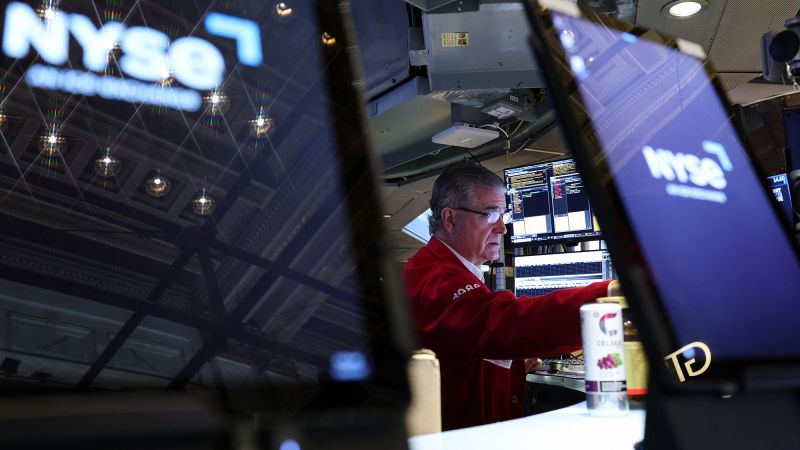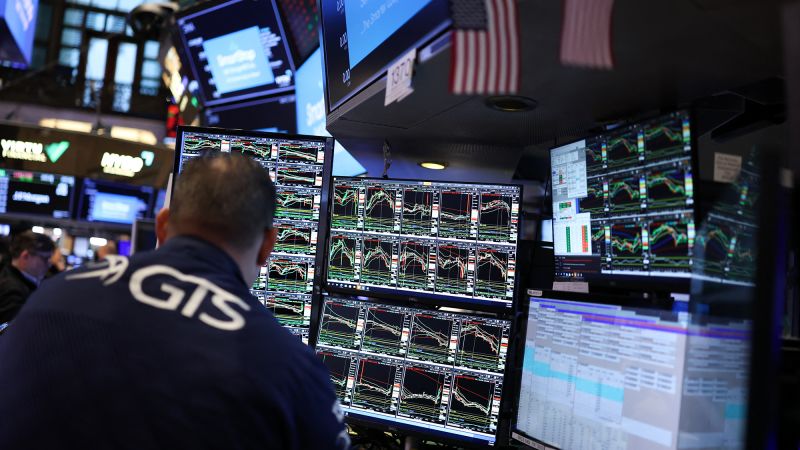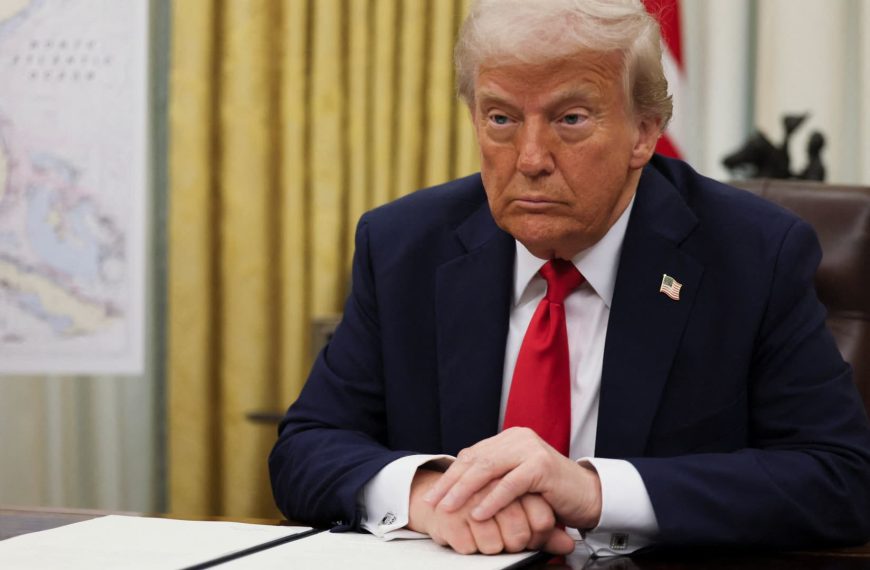U.S. stock markets experienced a dip on Friday as investors processed fresh inflation data, revealing a slight increase in a crucial indicator monitored by the Federal Reserve. This development underscores the fragile nature of the economy, particularly as companies brace for the impact of tariffs announced by former President Donald Trump.
Market Reactions to Inflation Data
The Dow Jones Industrial Average opened with losses, plummeting 500 points, equivalent to 1.2%. In a broader context, the S&P 500 fell by 1.4%, while the Nasdaq Composite experienced a decline of 1.9%. The S&P 500 has now dropped over 4% this year and is on track to record its first losing quarter since September 2023.
The Personal Consumption Expenditures (PCE) index showed a 2.5% rise in February, remaining steady from January and aligning with expectations. However, the core PCE index, which excludes volatile sectors like food and energy, increased to 2.8% from 2.7%. This surprising uptick indicates that while inflation may be moderating, it still exceeds the Fed’s target of 2%.
Tariff Announcements and Their Implications
The trading environment was further complicated by Trump’s recent declaration of a 25% tariff on all vehicles imported into the United States, set to commence on April 3. Additional tariffs on auto parts such as engines and transmissions are also expected to take effect by May 3, as noted in his proclamation.
Investor sentiment turned negative as concerns about the economic ramifications of these auto tariffs heightened. Tariffs effectively act as a tax on imported goods, and experts predict that Trump’s extensive tariff proposals could lead to increased consumer prices and slow down economic growth.
- Key points to consider:
- 10-Year Treasury Note Yield: The yield dropped to 4.27%, reflecting a preference for government bonds amid uncertainties surrounding tariffs.
- Trade War Escalation: These auto tariffs mark a significant escalation in tensions with major trading partners, potentially destabilizing global markets and disrupting North America’s interconnected supply chains.
Expert Insights on Business Sentiment
Despite signs of a robust economy, executives are taking a cautious approach towards new investments, primarily due to the unpredictable nature of the Trump administration’s tariff policies. Matt Stephani, president of Cavanal Hill Investment Management, stated that the tariffs may create a chilling effect on business investment.
Trump’s early announcement of these tariffs, ahead of the anticipated April 2 deadline for reciprocal tariffs—coined "Liberation Day" by his administration—has only added to Wall Street’s uncertainty. Investors had initially hoped that the tariffs might be used merely as a bargaining tool.
Predictions for the Auto Industry and Market Volatility
Solita Marcelli, the chief investment officer for the Americas at UBS Global Wealth Management, expressed concerns that the proposed tariffs would severely impact the auto sector, leading to increased costs, higher prices, and a significant drop in U.S. sales. She also questioned what the automotive tariffs might foreshadow for upcoming reciprocal tariffs.
Even if the reciprocal tariffs turn out to be less severe than anticipated, Marcelli warns that volatility in the market could persist due to the auto tariff situation.
Wall Street’s Adjusted Forecasts
Given the ongoing tariff announcements, Wall Street analysts are revising their expectations for U.S. stocks this year. UBS has reduced its year-end target for the S&P 500 to 6,400 from 6,600. Similarly, Barclays has lowered its target to 5,900, and Goldman Sachs has adjusted its forecast to 6,200 from 6,500.
In light of this economic uncertainty, the most actively traded gold futures contract surged past a record high of $3,100. As a traditional safe haven during economic downturns, gold is expected to continue its upward trajectory, with Goldman Sachs revising its year-end target for gold prices to $3,300.
This situation is evolving, and updates will be provided as new information emerges.











